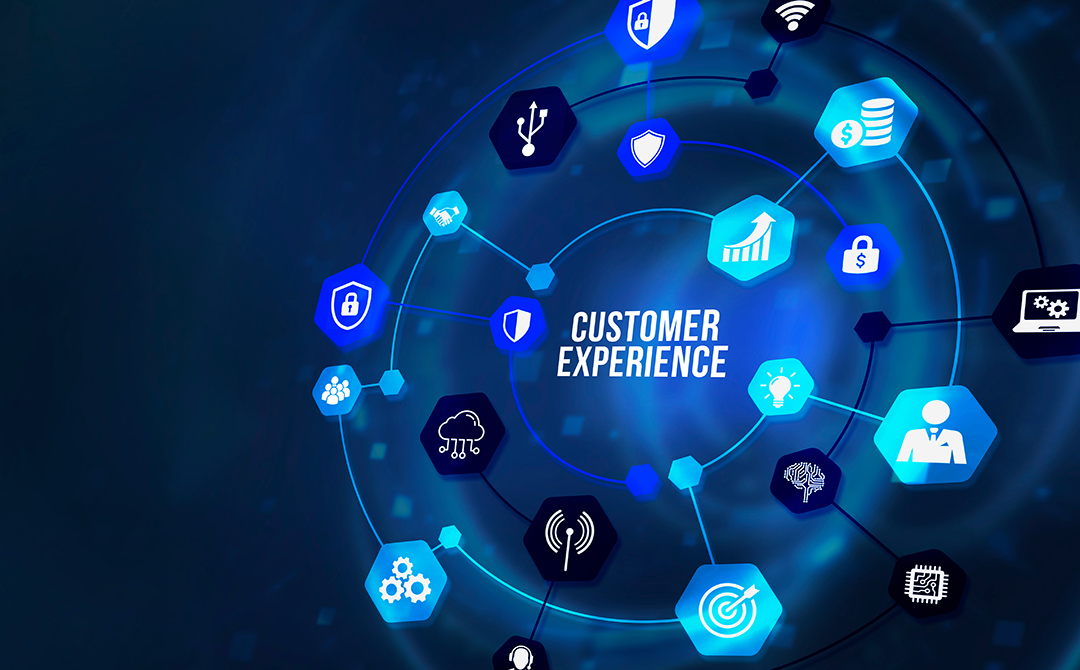
Let us start with an oft-repeated question,” What do you know about your customer’s preferences”?
The answer could be any of the standard responses which talk about their tastes in your merchandise based on past transactional records. It could also be one of the slightly more personalized answers which talk about the customer’s likes and dislikes basis whatever they have filled in their surveys and feedback forms. Does this tell you all you need to know about your customers? Does this help you make the Customer Experience of that customer something which he/she will remember? Something that gets ingrained into the subconscious decision-making component of their minds. That is the holy grail which most CX organizations are after.
Where does data come into the picture?
With 91 properties around the world, in a wide variety of locations, the Ritz-Carlton has a particularly strong need to ensure their best practices are spread companywide. If, for example, an employee from their Stockholm hotel comes up with a more effective way to manage front desk staffing for busiest check-in times, it only makes sense to consider that approach when the same challenge comes up at a hotel in Tokyo. This is where the hotel group’s innovation database comes in. The Ritz-Carlton’s employees must use this system to share tried and tested ideas that improve customer experience. Properties can submit ideas and implement suggestions from other locations facing similar challenges. The database currently includes over 1,000 innovative practices, each of them tested on a property before contributing to the system. Ritz-Carlton is widely considered to be a global leader in CX practices and companies like Apple have designed their CX philosophy after studying how Ritz Carlton operates.
What does this tell you- Use your Data wisely!
The next question that may pop up is, “but there is so much data. It is like noise”. This is where programmatic approaches to analyzing data pop up. Analytics and data sciences firms across the globe have refined the art of deriving insights out of seemingly unconnected data to a nicety. What you can get out of this is in addition to analyzing customer footprint in your business place, you get to analyze the customer footprint across various other channels and social media platforms.
As a sample, investigate this infographic created for one of our customers:

This aims to profile the customers who are most susceptible to local deals/rewards/coupons basis their buying patterns.
How is this done? The answer is rather simple. Customer segmentation algorithms (both supervised and unsupervised) enable you to piece together random pieces of information about the customer and analyze the effect they have on a target event. You will be surprised at the insights that get thrown out of this exercise. Obviously caution needs to be exercised to ensure that the marketeer doesn’t get carried away by random events which are purely driven by chance.
Okay- so I have made some sense out of my data. But this is a rather cumbersome process which does not make any difference to the way I deal with my customer on a day-to-day basis.
“How do I get this information on a real-time basis so that I can actually make some decisions to improve my customer’s experience as and when it is applicable?”
This takes into the newest and most relevant trend into making data sciences a mainstream part of decision making. How do we integrate this insight deriving platform into the client’s CRM system so that the client can make efficient decisions on a real time basis?
In Tredence, for one of our leading technology clients, we have built an AI-based orchestration platform which derives the actionable insights from past customer data and integrates this into the customer’s CRM system so this becomes readily available to all marketeers as and when they attempt to send out a communication to their customers.
What does this entail? This entails using the right technology stack to build a system which can deliver insights from the data science modules at scale. I prefer calling it out as a synergy of both data sciences and software development. Every decision that a marketer is trying to make must be processed through a system which will invoke the DS algorithms in-built on a real time through the relevant cloud computing platforms. Insights will be delivered immediately, and suitable recommendations will also be made on a real-time basis.
This is the final step in ensuring that personalized recommendations being made to every customer are truly personalized. We in Tredence call it “The Last Mile adoption”. This development is still in its nascent phase. However, companies would be wise to integrate this methodology as a part of their data science integrated decision making since it is very unlikely that they will hit the holy grail of customer satisfaction without delivering real-time personalized recommendations.
Topic Tags




